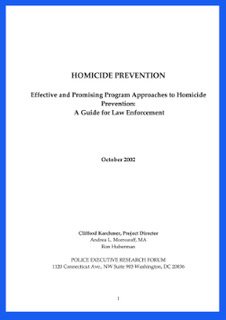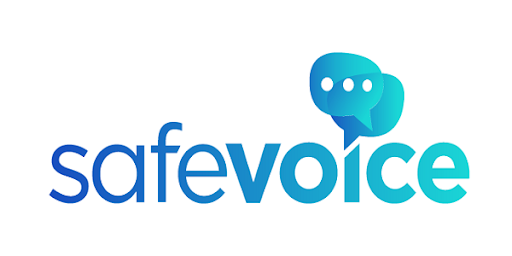By: Clifford Karchmer
Traditional police response to crime has been reactive, yet nationwide trends toward problem-oriented and community-oriented policing have changed this approach in many departments. Over the past decade, police executives have shifted to more proactive policing and have instituted collaborative programs with a wide range of community groups and other organizations to prevent crime. These programs likely have contributed to decreasing rime, with most success demonstrated by the vast reduction in the nation’s homicide rate.
This report reviews current trends in homicide rates, the changing police perspective on homicide prevention, and summarizes innovative police department programs as captured in a Bureau of Justice Assistance (BJA) and Police Executive Research Forum (PERF) exploratory project that examined the homicide prevention practices of over 70 police departments. The goal of this report is to highlight successful policing strategies and programs offered by departments in cities that have reduced homicide. Descriptions of homicide prevention strategies and key program elements common to successful police departments around the country may serve as a guide to other police executives seeking to reduce homicide in their communities.
Homicide Prevention, October 2002



